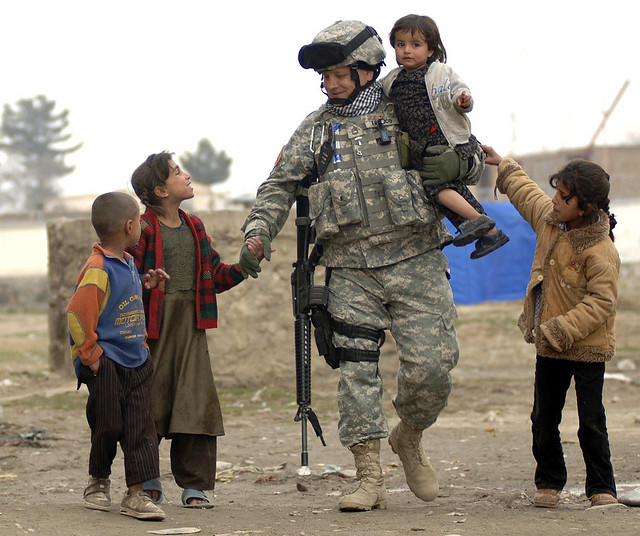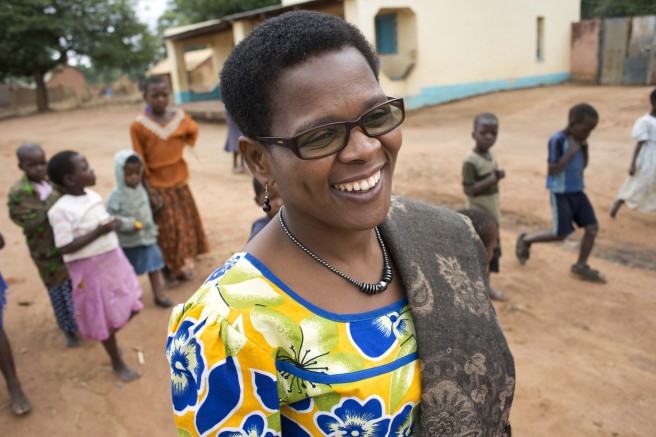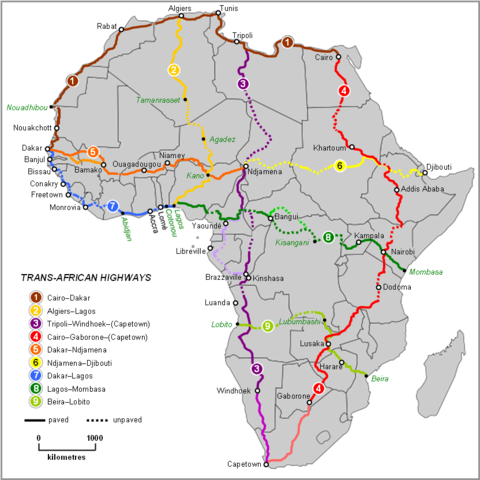The Grameen Foundation is an NGO which facilitates aid in various developing countries. In particular, they attempt to provide financial services to assist in capital investment within these nations. In Ghana, they have established a mobile network to improve neonatal and maternity care. By opening a mobile line of communication between expectant mothers and physicians, MOTECH, as it is called, is assisting patients get accurate and timely information about their reproductive health. Ensuring infant mortality rates are lowered is not merely a humanitarian goal. Production is directly influenced by the number of able-bodied citizens that can sustain economic activity. Therefore, neonatal care must be treated as a first step. Assuring that medical knowledge is up-to-date accurate is critical, and MOTECH is a practical measure toward that end.
In a similar way, the Grameen Foundation operates the African Health Markets for Equity (AHME) initiative in a number of countries, including Nigeria. It’s purpose is to provide medical care in greater abundance directed directly towards those health issues that affect the poor to a greater degree. Their priorities include “reproductive health, infectious disease, and nutrition.”
Capital investments are a component of economic growth as they provide start-up capital and other loans which facilitate business dealings. One such establishment is MicroKing, which operates in Zimbabwe. Financial infrastructure that is stable can be difficult to find. MicroKing provides micro-financing loans with US dollars. Since 2003, the inflation rate of Zimbabwe has had a remarkable increase in 2009. In order to continue providing loans, they were allowed to use a different currency from their own, hence the dollar.

At this point in Dead Aid, Dambisa Moyo feels she has provided the evidence as to why the current system of aid has lost focus, and the concepts that can most effectively solve that problem. It is now her prerogative to indicate the method to adopt in order to implement her system of aid. In practice, it is first dedicated to alternate sources of financing capital: trade, FDI, the capital markets, remittances, micro-financing, and savings. She stipulates that decisions over which source should be customized to each market. (Moyo).
The second is a set of guidelines for how to behave with these funds. Corruption and incompetence have had a detrimental effect on aid recipients. New efforts under this model must succeed by adhering to a policy of fiscal conservatism and targeting investment towards healthcare, education, and infrastructure. The resulting economic ripple effects from these consolidated efforts can result in cheaper goods, higher wages, and a capable work force.
According to Moyo, the final step is the establishment and maintenance of pillar institutions within society. Ensuring that decisions are being made by a clear and uncompromised authority as well as supporting agencies which attend to public health and order. Understanding the environment in which investment takes place can provide crucial context and improving it serves to strengthen trust between the people and government. This can also help provide a legal structure which is key to encouraging FDI, as businesses wish for their money to be protected from crime and governmental abuse.
Her contemporary, Jeffrey Sachs has previously described his own method for repairing the system of aid. His 9 commitments for aid are a general framework. Even though it is broad and multidisciplinary, his points are slightly vague – and while their goals are legitimate, he does not enumerate them here.
Poverty is an international concern. Often in areas of extreme poverty, there is a high prevalence of crime that afflicts this area. In the Middle East, Poverty can be a catalyst to bring about religious fanaticism. Thus, developed nations are spending military dollars on issues that stem from poverty. They can ignore a problem and create one that must be taken care of later.





